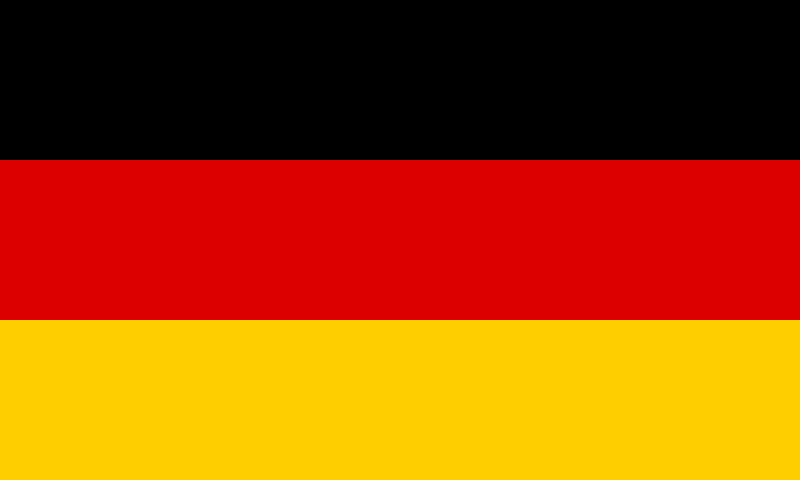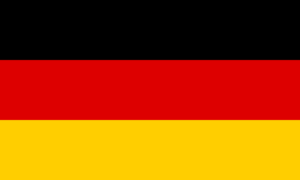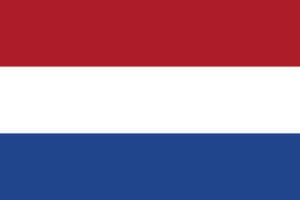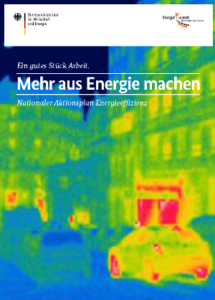Germany: 2,200 m² Solar Thermal Installations on 22 Hamburg Mosques
October 1, 2014
Atherm Solartechnik, located in Oberhausen, Germany, has installed identical solar thermal plants, each of them with 100 m² of vacuum tube collector area, on 22 mosques and other buildings belonging to Hamburg’s Muslim community. The photo shows the city’s Centrum mosque, which has 1,500 members. The collector field on the photo was installed on the roof of the grocery shop, which is next to the mosque and is also run by German association Islamische Gemeinde Hamburg – Centrum-Moschee.
Photo: Atherm Solartechnik
“The project’s aim was to introduce the technology to mosque visitors rather than to make a profit. The 2,200 m² of each project even exceed the 1,350 m² installed on the Energiebunker,” Turgut Aksoy, Atherm’s Managing Director, says. Hamburg has around 160 mosques. To sell the 22 plants, the company approached mosque leaders directly, making arrangements to visit the places of worship and present the technology. As many as ten of the solar plants were installed on buildings owned by the Islamische Gemeinde Hamburg – Centrum-Moschee, the association which runs the Centrum mosque and others. The grocery and textile shop next to the Centrum mosque, which are owned by the same association, have both been equipped with a solar system as well.
Warm water demand difficult to predict
The ritual washing Muslims perform before praying in a mosque requires a lot of warm water. There is, however, a difference in how much hot water each mosque needs in total: Rural mosques have far less visitors than the Centrum one, which has 1,500 members and even more visitors. According to Aksoy, each person usually requires between 5 and 7 litres of hot water per prayer. There are more visitors on Fridays, but as big mosques are also social centres accommodating various facilities, demand is even great on the other days of the week. For example, the Centrum mosque accommodates a hair dresser, a restaurant, a mortician, as well various social and religious facilities.
The fasting month, Ramadan, does not necessarily result in a higher number of visitors. “In 2014, Ramadan lasted from the end of June to the end of July, so that many of our members spent it in Turkey. And especially in the summer months, when people cannot eat while the sun is up, they reduce their physical and social activities and visit the mosque less rather than more frequently,” Mehmet Nur Aydemir, who is responsible for the solar thermal project at Islamisches Centrum Hamburg, says. In addition, the restaurant at the Centrum mosque, usually an important hot-water demand driver, stays closed during Ramadan.
During a cold winter, it is challenge for the Muslim places of worship to cover their heating costs. The Centrum mosque had paid more than EUR 2,300 per month for district heating. With the new solar plant came a new gas boiler. There has not yet been any data on how much money was saved, but the association’s Deputy Chair, Ahmed Yazici, states that the solar plant covered the entire hot water demand during the summer of 2014.
Same plant design times 22
Each of the 22 plants has the same design: A 100 m² vacuum tube collector field with collectors by Dutch company Tecsolar and a 5,000-litre stratified storage tank. The storage tanks were manufactured by Atherm in Izmir, Turkey, and are the company’s own development, as Aksoy points out. A thermography video on Atherm’s website illustrates how the stratification system works.
A team from Atherm came to Hamburg from May to August 2013 in order to set up the plants. The first system was installed on the building used as worker accommodation, a former supermarket which had been turned into a mosque. The plants were commissioned in November 2013; some adjustments were made in the summer of 2014. The 22 installations are part of the monitoring programme Agreement to Guarantee Minimum Solar Yields by Solarzentrum Hamburg. Until now, not all systems have reached the benchmark value of 300 kWh/m²*a – particularly the ones on small mosques with low water consumption. But optimisation is still ongoing.
Federal and state solar thermal incentives
Germany still offers several subsidies for large-scale solar thermal plants. Islamische Gemeinde Hamburg received 180 EUR/m² of collector area from the Market Rebate Programme, MAP, which makes EUR 18,000 per plant. Some mosques also had their old oil boiler replaced by a modern gas-fired one. This resulted in an additional EUR 7,000 in subsidies, meaning the customer could obtain up to EUR 25,000 per system.
In addition to federal incentives, installation company Atherm had received funding from Hamburg’s state programme Solar Thermal and Heating, which expired in December 2013. The programme had offered 100 EUR/m² of aperture area. As the 100 m² of vacuum tube collectors have 86 m² of aperture area, it meant EUR 8,600 in additional subsidy money per system. Hamburg paid an additional EUR 60/m² of aperture area for each installation which had also been part of the monitoring programme, which is another EUR 5,160 per plant. Overall, each plant was granted EUR 13,750 in subsidies by the Hamburg authorities.
In January 2014, Hamburg changed the conditions under which the monitoring programme operates. The programme is now the responsibility of the Hamburgische Investitions- und Förderbank. Not installers but customers have to apply for funding. The incentive was reduced to EUR 1,750 for plants with an aperture area of between 20 and 100 m², and it was cut to EUR 2,600 for plants with an aperture area of between 100 and 200 m².
More Information:
Atherm: http://www.atherm.de
Tecsolar: http://www.tecsolar.nl
Solarzentrum Hamburg: http://www.solarzentrum-hamburg.de
Centrum mosque: http://www.centrum-moschee.de/ (under construction)


